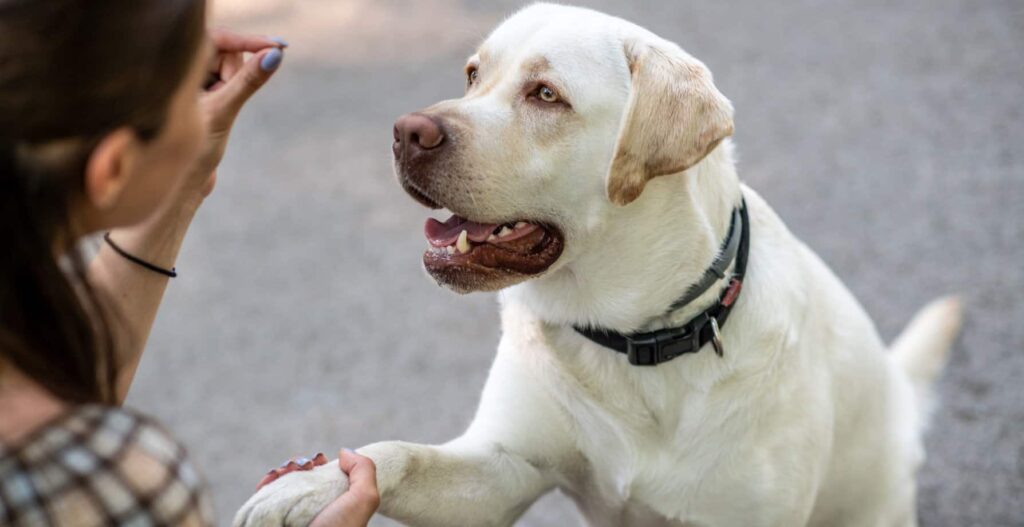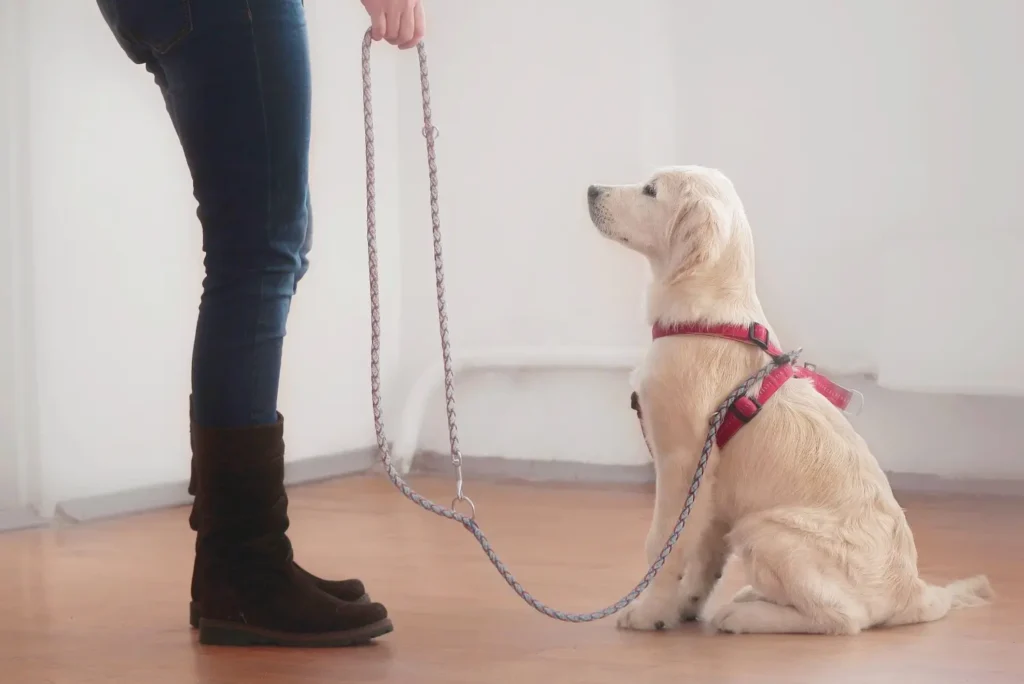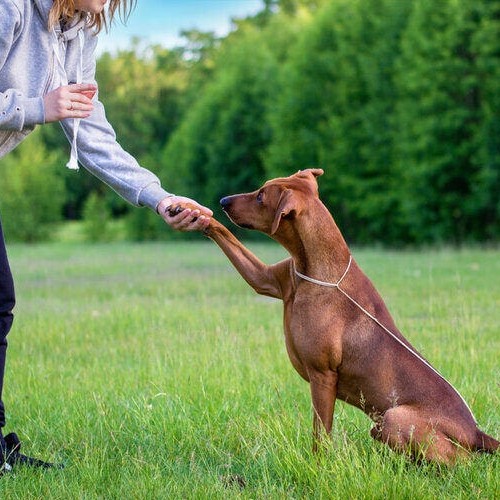Discover the top 7 dog training mistakes to avoid in 2025. Learn expert dog training tips to overcome common pitfalls and train your dog effectively.
Introduction
Training your dog is one of the most rewarding experiences as a pet owner, but it can also be challenging. Whether you are training a new puppy or working on behavior with an older dog, common dog training mistakes can slow progress or cause setbacks. Many dog owners unknowingly make these errors, leading to frustration and sometimes damaged trust with their furry friend.
In this article, we’ll explore the top 7 dog training mistakes to avoid in 2025, backed by the latest research and expert advice. By understanding and steering clear of these pitfalls, you can create a positive, effective training environment and build a stronger bond with your dog. Let’s dive into how to train your dog right this year and beyond.
Training challenges often arise from inconsistent routines, lack of patience, or unclear communication. Overcoming these requires persistence, clear commands, and adapting methods to fit your dog’s unique personality for the best results.

Training errors like inconsistency and impatience can confuse your dog. Using positive reinforcement and clear commands helps avoid these mistakes and speeds up learning.
Avoid training pitfalls by staying consistent, patient, and using rewards. Skipping steps or getting frustrated can set back your dog’s progress. Keep sessions short and fun for best results.
Puppy training mistakes often include rushing the process, inconsistent commands, and neglecting socialization. Avoid these by being patient, clear, and exposing your puppy to new experiences gently.
Behavior training errors happen when owners ignore unwanted habits or punish their dogs too harshly. To fix this, focus on positive reinforcement and consistent guidance to encourage good behavior effectively.
Common dog problems include excessive barking, chewing, digging, and leash pulling. These behaviors often stem from boredom, lack of exercise, or insufficient training, but can be managed with consistent guidance and positive reinforcement.
1. Inconsistent Training Commands and Expectations
Why Consistency Matters in Dog Training
One of the most frequent dog training mistakes is inconsistency. Dogs thrive on routine and clear signals. When commands vary or rules are applied unevenly, dogs get confused, leading to frustration on both sides.
For example, if you allow your dog to jump on guests sometimes but not others, they won’t understand when it’s acceptable. Likewise, using different words for the same behavior, like “sit” and “stay,” without clear cues can muddle your dog’s learning process.
How to Avoid This Mistake
- Use consistent verbal commands paired with hand signals.
- Ensure all family members use the same commands and rules.
- Maintain a consistent schedule for training sessions and practice.
Real-world case: Sarah struggled with her 8-month-old Labrador’s behavior until she realized her husband used different commands. After standardizing their approach, the dog responded much better.
2. Overusing Punishment and Negative Reinforcement
The Downside of Harsh Training Techniques
Using punishment or yelling to correct behavior is a classic but ineffective training error. These approaches can create fear, anxiety, and even aggression in dogs, damaging the trust between owner and pet.
Scientific studies now support positive reinforcement as the most effective way to teach dogs. Rewards like treats, praise, or toys motivate dogs to repeat good behavior without fear.
How to Implement Positive Training
- Focus on rewarding desired behaviors immediately.
- Redirect unwanted behavior rather than punishing.
- Avoid yelling, hitting, or harsh corrections.
Example: Trainer Emma replaced her frustration-driven shouting with treat rewards and noticed a calmer, more eager-to-learn dog within weeks.
3. Training Sessions That Are Too Long or Too Short
Finding the Right Balance
Another common dog training mistake is poorly timed sessions. Sessions that last too long can overwhelm and bore dogs, while sessions that are too short don’t give enough practice to solidify learning.
Especially with puppies, attention spans are limited. Overtraining can lead to fatigue and loss of interest.
Best Practices for Training Duration
- Keep sessions to 5-15 minutes, multiple times a day.
- End on a positive note with a reward or success.
- Adjust session length based on your dog’s age and breed.
Case study: Mike shortened his daily 45-minute sessions to 10-minute focused bursts and saw his puppy’s obedience improve dramatically.
4. Ignoring Socialization and Environmental Training
Why Social Skills and Real-World Practice Matter
Some owners focus solely on obedience commands, neglecting behavior training around other dogs, people, or environments. Lack of socialization can cause anxiety, fearfulness, or aggression.
Dogs need to experience different places, sounds, and interactions to build confidence and behave well in daily life.
How to Integrate Socialization
- Introduce your dog gradually to new environments and people.
- Attend puppy classes or dog parks for supervised socializing.
- Use positive reinforcement when your dog behaves calmly in new situations.
Example: After early socialization, Bella was calm and friendly at vet visits compared to other dogs who showed fear or aggression.

5. Failing to Adapt Training to Your Dog’s Individual Needs
Every Dog is Unique
A huge training challenge comes from applying a one-size-fits-all method. Different breeds, ages, temperaments, and backgrounds require tailored approaches.
Ignoring your dog’s unique traits can lead to frustration and ineffective training.
Customizing Your Approach
- Research breed-specific tendencies and training methods.
- Consider your dog’s energy level, motivation, and personality.
- Be patient and flexible, adjusting techniques if progress stalls.
Real example: Working with a shy rescue dog, trainer Lisa shifted from loud commands to gentle encouragement, leading to better results.
6. Skipping the Basics or Rushing Advanced Training
The Importance of a Strong Foundation
Some owners get eager and jump into complex tricks or advanced obedience without mastering basics like “sit,” “stay,” or leash walking. This is a key dog training mistake that often causes confusion.
Advanced skills rely on a solid foundation of basic commands.
How to Build a Strong Training Foundation
- Start with simple commands and ensure reliable responses.
- Gradually introduce distractions and new challenges.
- Celebrate small victories to keep motivation high.
Example: After revisiting basic commands, Jake’s dog was finally ready for agility training with ease.
7. Neglecting Mental Stimulation and Enrichment
Why Mental Exercise Is As Important As Physical Exercise
Training isn’t just physical; dogs need mental challenges to stay happy and balanced. Ignoring this can lead to boredom, destructive behaviors, or anxiety.
Including dog mental stimulation indoors and outdoors is vital.
Ideas for Mental Enrichment
- Use puzzle toys or treat-dispensing games.
- Teach new tricks regularly to keep the mind sharp.
- Practice scent games or problem-solving activities.
Case study: Lucy added daily puzzle toys and new commands, which reduced her dog’s chewing habits significantly.
Bonus: What’s New in Dog Training 2025?
2025 is shaping up to be a breakthrough year for dog training, with new tech and methods gaining traction:
- AI-powered training apps to customize sessions.
- Wearable devices tracking dog behavior and stress.
- Virtual reality environments for safe socialization practice.
- More emphasis on science-backed positive reinforcement techniques.
Stay updated with the latest trends to keep your training effective and fun!

Internal & Outbound Links
- Internal: Dog Training Basics, Puppy Care Tips
- External:
FAQ Section
1. What is the biggest mistake dog owners make in training?
The biggest mistake is inconsistency—varying commands, rules, and routines confuse dogs and slow learning.
2. How long should I train my dog each day?
Keep training sessions short and frequent, ideally 5-15 minutes, multiple times a day, to match your dog’s attention span.
3. Can punishment help train a dog effectively?
Punishment often causes fear and aggression. Positive reinforcement with rewards is scientifically proven to be more effective and humane.
4. How important is socialization in dog training?
Extremely important. Socialization helps dogs feel comfortable in various environments and prevents behavioral issues.
5. How do I choose the right training method for my dog?
Consider your dog’s breed, age, personality, and past experiences. Tailor your approach and be patient with progress.
Conclusion
Avoiding dog training mistakes is the key to building a happy, well-behaved dog in 2025. By staying consistent, using positive reinforcement, tailoring your methods, and including socialization and mental enrichment, you’ll set your dog up for success.
Ready to start training your dog right? Share your experiences or ask questions in the comments below! Don’t forget to sign up for our newsletter for more expert dog training tips 2025.



